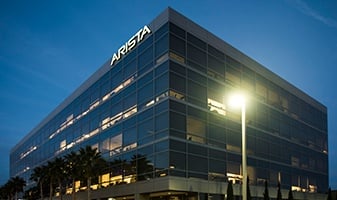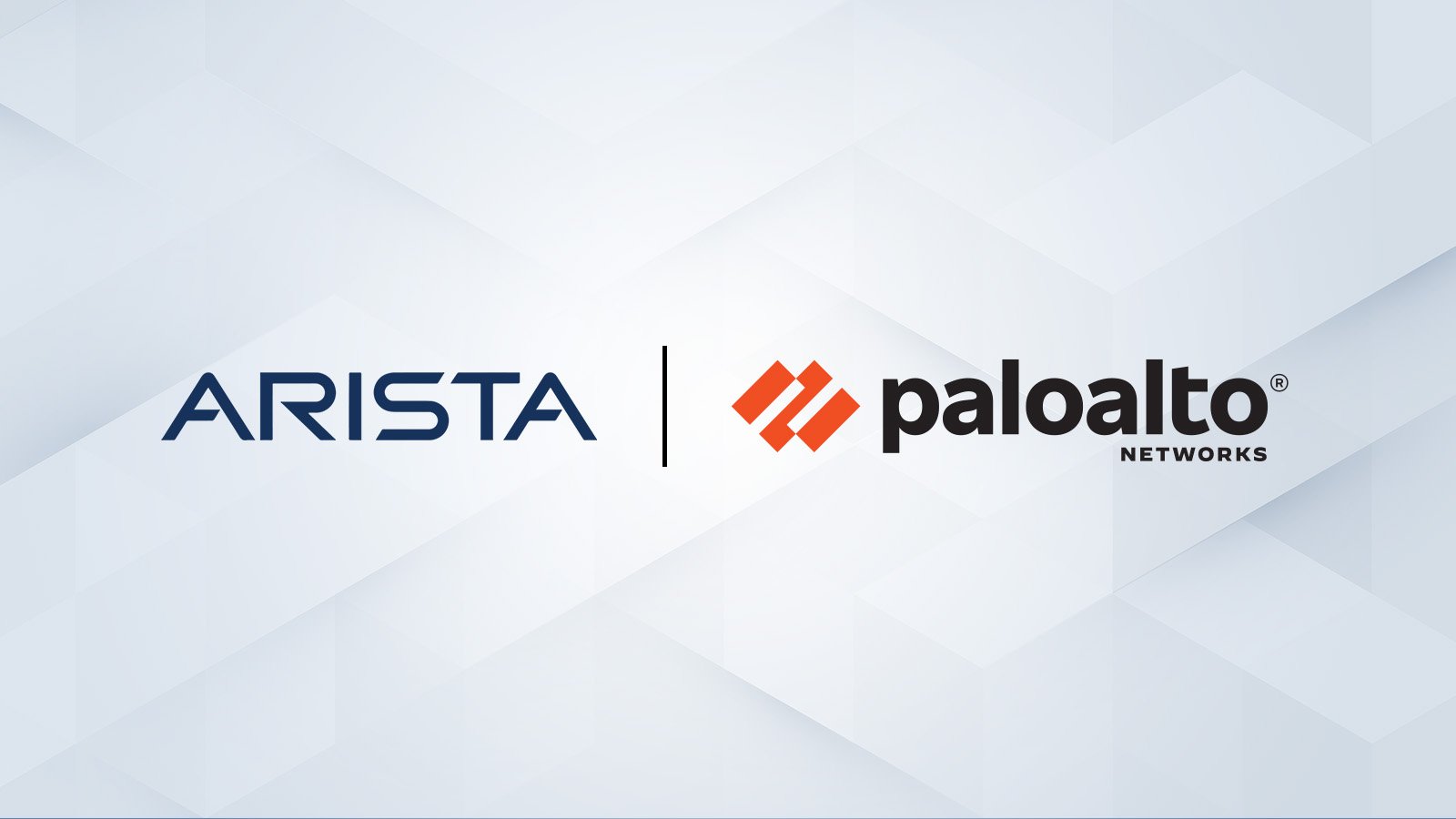Delivering Reliable AI and Cloud Networking
The explosive growth of generative AI and the demands of massive-scale cloud architectures have fundamentally redefined data center networking...

Every year I like to reflect upon my beginning of year predictions and compare them with the reality of what actually occurred. Once again that time has come, so let’s take a walk together down memory lane and see how I did.
I also look forward to exciting outcomes for the industry in 2013. What is clear is innovation in networking is back! It’s sexy again and no longer controlled by self-serving monopolistic vendor positions.
Prediction #1: The rise in server virtualization is driving network virtualization deployments.
Evaluation #1: True.
We began to see the maturity of virtualization from server-only to network-wide. The transformational acquisition of Nicira by VMware and the VXLAN specification co-authored by Arista and VMware (similarly the NVGRE specification co-authored by Arista and Microsoft) were key turning points for network virtualization. One can transcend network boundaries at both L2 and L3 building seamless virtual and physical networks. Arista’s multivendor interoperability demonstration with F5 and EMC Isilon utilizing VMware’s vSphere and vCloud Director was a first as well at VMworld 2012. I predict that 2013 will be an historical year for the industry as it delivers the benefits of Network Virtualization to customers.
Prediction #2: “SDN” has become the buzzword in networking architectures and the hype is high!
Evaluation #2: So True.
The industry has created quite a stir about what Software-Defined Networking (SDN) means. It must be clarified better in 2013 with use-cases as it has many facets and many meanings. To our customers it can be summed up in one word – Programmability. Arista EOS has been designed from a clean sheet of paper for eight years to achieve programmability at all levels with distributed software-defined control planes, data planes and APIs. Be it OpenFlow, OpenStack or Network Virtualization, the beauty of Arista’s EOS approach is we support them all and work across physical, virtual and cloud networks. We are controller friendly and partner with leading vendors.
Prediction #3: The Cloud will change the way networking is deployed.
Evaluation #3: True.
Cloud Networking has indeed arrived and web providers are migrating to hyper-scale 10GbE networks from legacy 1GbE networks. At Arista we are seeing the fruits of our labor and the realization of our vision. We are witnessing the disruption from classical enterprises to leaf-spine (“spline”) cloud networks. Our modern operating system, EOS, can work with multiple APIs, be they NETCONF, XMPP, CLIs, or specific application and management models. Arista EOS is ideally designed for optimizing applications and network flows at L2, L3 and L4 and can scale from small, 100 node networks to large, 100,000 node networks without a proprietary fabric! I fail to understand the need for vendor-specific proprietary “fabric” approaches that have always eventually failed in the market place.
Prediction #4: 2012 is the year of 10GbE.
Evaluation #4: Half True.
The industry is witnessing an increased adoption of 10GbE in 2012 with the release of the Intel Romley server platform and the direct incorporation of 10GbE onto server motherboards. I believe 2013-2015 will bring 10GbE into the mainstream of data center networks and will consequently require the deployment of higher speed 40/100GbE uplinks from the leaf to the spine layer of the network.
Arista has been a consistent and vocal fan of high performance applications and transactions, dense virtualization and cloud/web deployments that have driven faster adoption of 10GbE. 10GbE networks can now match the densities and scale of 1GbE at very cost-effective price points of approximately 2x the cost of 1Gbe for 10x the performance of 1GbE. The physical connectivity costs for 10GbE, be it optics or copper, has also rapidly declined. The TAM for 10GbE is expected to be north of $10b in the next few years - one of the largest market opportunities in networking.
Prediction #5: Big Data adoption is driving new networking models.
Evaluation #5: True.
FCoE (Fiber Channel over Ethernet) has not lived up to its hype and has been relegated to niche status. However, the utilization of 10GbE as the direct-attached storage network (for NAS, iSCSI and Hadoop clusters) for Big Data Analytics is on the rise! A key criterion for 10GbE storage and Hadoop is adequate packet buffering and fast failover capabilities to minimize packet loss while achieving optimal performance. This is a hallmark of the Arista 7000 family of data center switches working closely with our storage partners to make storage protocols work seamlessly with a cost-effective, high performance and highly reliable network.
In summary, I think its safe to say that my five predictions are on an upswing. I would self-evaluate it at 4.5/5. At Arista Networks, we are proud to be a cloud networking market pioneer and leader with 1700+ customers successfully deploying networks based on our innovative switches powered by our award-winning EOS at the rate of one a day throughout our history. I want to take this opportunity to sincerely thank all my readers, and especially our customers for supporting Arista’s innovations. We wish you all Happy Holidays and a prosperous New Year!
As always, I welcome your comments feedback@arista.com.

The explosive growth of generative AI and the demands of massive-scale cloud architectures have fundamentally redefined data center networking...
/Images%20(Marketing%20Only)/Blog/VESPA-Launch-Blog.jpg)
The modern enterprise is navigating a profound transformation. The shift to the 'all wireless office' and 'coffee shop type networking', fueled by...

Data centers have evolved into highly distributed, hybrid ecosystems that span private clouds, public clouds, and colocation facilities. This...